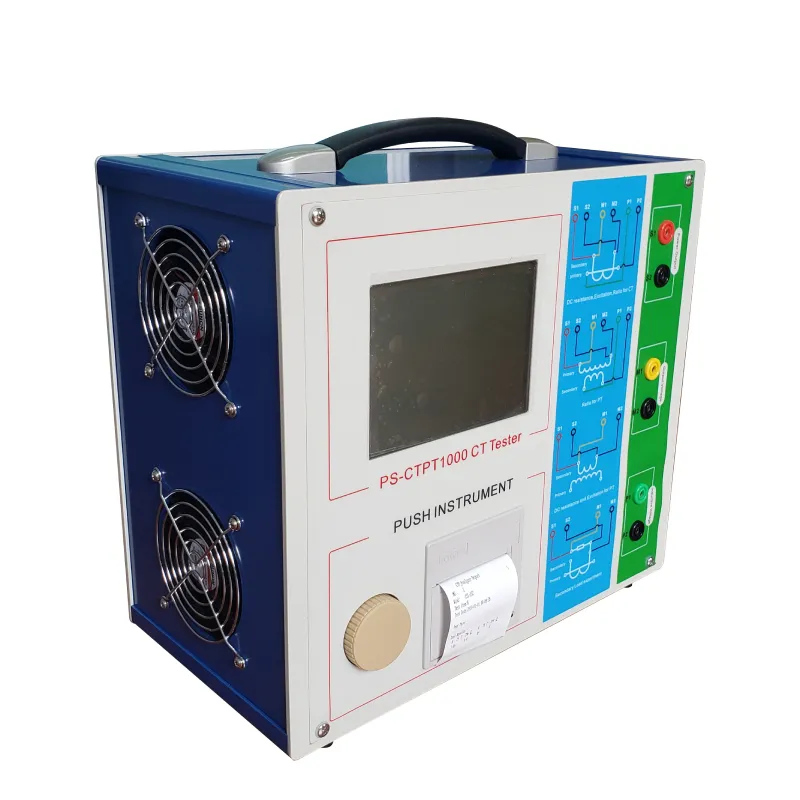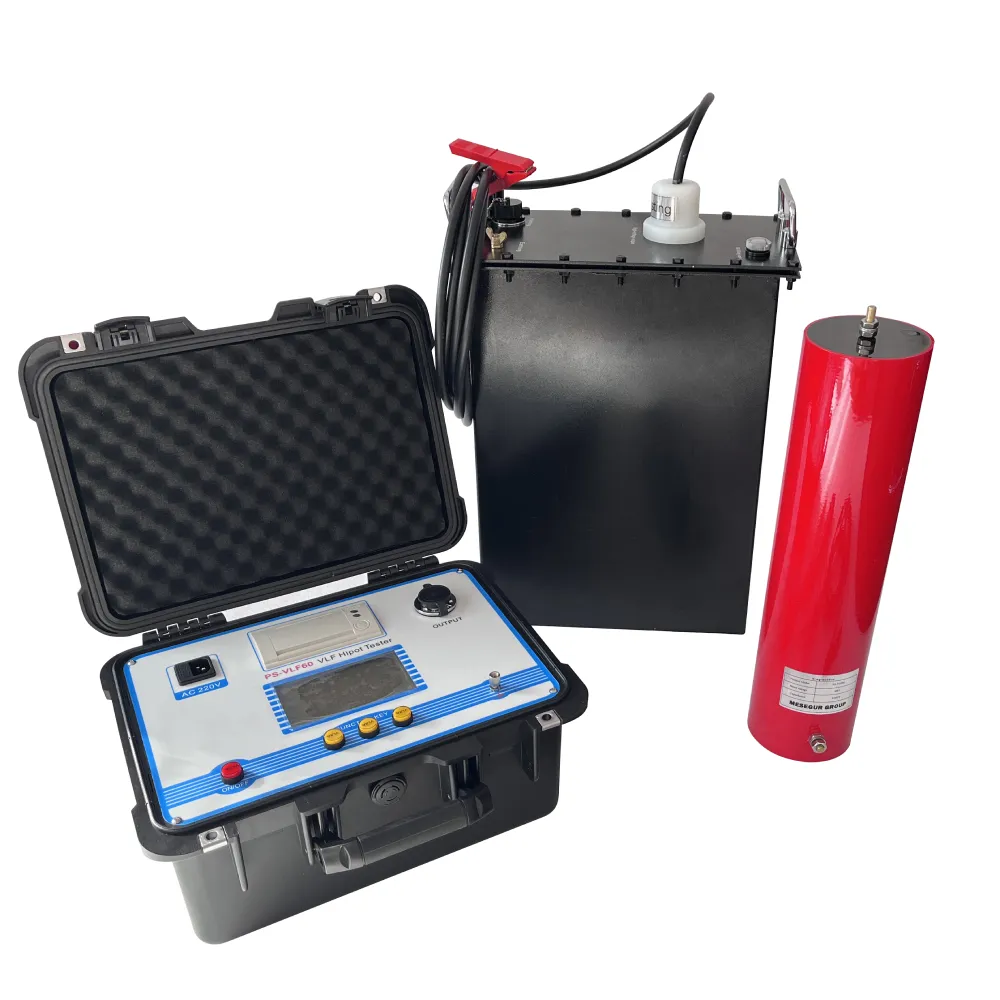TEL:
+86-0312-3189593
 English
English

Telephone:0312-3189593

Email:sales@oil-tester.com

-
 Afrikaans
Afrikaans -
 Albanian
Albanian -
 Amharic
Amharic -
 Arabic
Arabic -
 Armenian
Armenian -
 Azerbaijani
Azerbaijani -
 Basque
Basque -
 Belarusian
Belarusian -
 Bengali
Bengali -
 Bosnian
Bosnian -
 Bulgarian
Bulgarian -
 Catalan
Catalan -
 Cebuano
Cebuano -
 China
China -
 China (Taiwan)
China (Taiwan) -
 Corsican
Corsican -
 Croatian
Croatian -
 Czech
Czech -
 Danish
Danish -
 Dutch
Dutch -
 English
English -
 Esperanto
Esperanto -
 Estonian
Estonian -
 Finnish
Finnish -
 French
French -
 Frisian
Frisian -
 Galician
Galician -
 Georgian
Georgian -
 German
German -
 Greek
Greek -
 Gujarati
Gujarati -
 Haitian Creole
Haitian Creole -
 hausa
hausa -
 hawaiian
hawaiian -
 Hebrew
Hebrew -
 Hindi
Hindi -
 Miao
Miao -
 Hungarian
Hungarian -
 Icelandic
Icelandic -
 igbo
igbo -
 Indonesian
Indonesian -
 irish
irish -
 Italian
Italian -
 Japanese
Japanese -
 Javanese
Javanese -
 Kannada
Kannada -
 kazakh
kazakh -
 Khmer
Khmer -
 Rwandese
Rwandese -
 Korean
Korean -
 Kurdish
Kurdish -
 Kyrgyz
Kyrgyz -
 Lao
Lao -
 Latin
Latin -
 Latvian
Latvian -
 Lithuanian
Lithuanian -
 Luxembourgish
Luxembourgish -
 Macedonian
Macedonian -
 Malgashi
Malgashi -
 Malay
Malay -
 Malayalam
Malayalam -
 Maltese
Maltese -
 Maori
Maori -
 Marathi
Marathi -
 Mongolian
Mongolian -
 Myanmar
Myanmar -
 Nepali
Nepali -
 Norwegian
Norwegian -
 Norwegian
Norwegian -
 Occitan
Occitan -
 Pashto
Pashto -
 Persian
Persian -
 Polish
Polish -
 Portuguese
Portuguese -
 Punjabi
Punjabi -
 Romanian
Romanian -
 Russian
Russian -
 Samoan
Samoan -
 Scottish Gaelic
Scottish Gaelic -
 Serbian
Serbian -
 Sesotho
Sesotho -
 Shona
Shona -
 Sindhi
Sindhi -
 Sinhala
Sinhala -
 Slovak
Slovak -
 Slovenian
Slovenian -
 Somali
Somali -
 Spanish
Spanish -
 Sundanese
Sundanese -
 Swahili
Swahili -
 Swedish
Swedish -
 Tagalog
Tagalog -
 Tajik
Tajik -
 Tamil
Tamil -
 Tatar
Tatar -
 Telugu
Telugu -
 Thai
Thai -
 Turkish
Turkish -
 Turkmen
Turkmen -
 Ukrainian
Ukrainian -
 Urdu
Urdu -
 Uighur
Uighur -
 Uzbek
Uzbek -
 Vietnamese
Vietnamese -
 Welsh
Welsh -
 Bantu
Bantu -
 Yiddish
Yiddish -
 Yoruba
Yoruba -
 Zulu
Zulu
Feb . 12, 2025 13:47
Back to list
PS-ZK03 Transformer Short Circuit Impedance Tester
Conducting a short circuit test on a single-phase transformer is crucial for ensuring the reliability and efficiency of these essential components in electrical systems. This test provides valuable insights into the transformer’s internal resistance and impedance, characteristics vital for effective load management and energy conservation. In this discussion, we explore the technical nuances of conducting this test, drawing from extensive experience and expert knowledge in the field of electrical engineering.
Analyzing the results from a short circuit test can provide a wealth of information. The copper loss, deduced from the power readings, directly impacts the economic viability of the transformer over its lifecycle. Minimizing these losses can lead to significant cost savings in large scale operations, where transformers are pivotal to electrical distribution networks. Furthermore, the test helps in deducing the impedance voltage, a parameter significant for system stability. High impedance can lead to voltage drops under load, impacting the performance of connected machinery and potentially leading to system failures. Therefore, understanding and controlling this through meticulous short circuit testing can enhance the transformer's operational lifespan. The scientific basis of short circuit testing on single-phase transformers rests on established electrical principles. Experts in the field attest to its value not only in newly manufactured transformers but also in maintenance regimes for existing installations. By periodically conducting this test, it becomes possible to identify degradation in winding insulation or other components, which could lead to catastrophic failures. Despite its technical nature, understanding the short circuit test is invaluable for any professional engaged in designing or maintaining electrical systems. Its results contribute not just to immediate performance improvements but also to long-term strategic decisions about system design and energy usage. To conclude, short circuit testing is an integral process in the lifecycle of a single-phase transformer. It embodies the principles of Experience, Expertise, Authority, and Trustworthiness, which are critical for sustaining robust and reliable electrical networks. As electricity demands continue to rise globally, mastering this test's intricacies ensures transformers can meet these demands safely and efficiently, cementing their role as the backbone of modern energy infrastructure.


Analyzing the results from a short circuit test can provide a wealth of information. The copper loss, deduced from the power readings, directly impacts the economic viability of the transformer over its lifecycle. Minimizing these losses can lead to significant cost savings in large scale operations, where transformers are pivotal to electrical distribution networks. Furthermore, the test helps in deducing the impedance voltage, a parameter significant for system stability. High impedance can lead to voltage drops under load, impacting the performance of connected machinery and potentially leading to system failures. Therefore, understanding and controlling this through meticulous short circuit testing can enhance the transformer's operational lifespan. The scientific basis of short circuit testing on single-phase transformers rests on established electrical principles. Experts in the field attest to its value not only in newly manufactured transformers but also in maintenance regimes for existing installations. By periodically conducting this test, it becomes possible to identify degradation in winding insulation or other components, which could lead to catastrophic failures. Despite its technical nature, understanding the short circuit test is invaluable for any professional engaged in designing or maintaining electrical systems. Its results contribute not just to immediate performance improvements but also to long-term strategic decisions about system design and energy usage. To conclude, short circuit testing is an integral process in the lifecycle of a single-phase transformer. It embodies the principles of Experience, Expertise, Authority, and Trustworthiness, which are critical for sustaining robust and reliable electrical networks. As electricity demands continue to rise globally, mastering this test's intricacies ensures transformers can meet these demands safely and efficiently, cementing their role as the backbone of modern energy infrastructure.
Latest news
-
Testing Equipment Industry Sees Major Advancements in 2025: Smart & Precision Technologies Lead the WayNewsJun.06,2025
-
Applications of Direct Current Generators in Renewable Energy SystemsNewsJun.05,2025
-
Hipot Tester Calibration and Accuracy GuidelinesNewsJun.05,2025
-
Digital Circuit Breaker Analyzer Features and BenefitsNewsJun.05,2025
-
Benefits of Real-Time Power Quality Monitoring Devices for Industrial EfficiencyNewsJun.05,2025
-
Earth Fault Loop Testing in High-Rise Building Electrical SystemsNewsJun.05,2025



